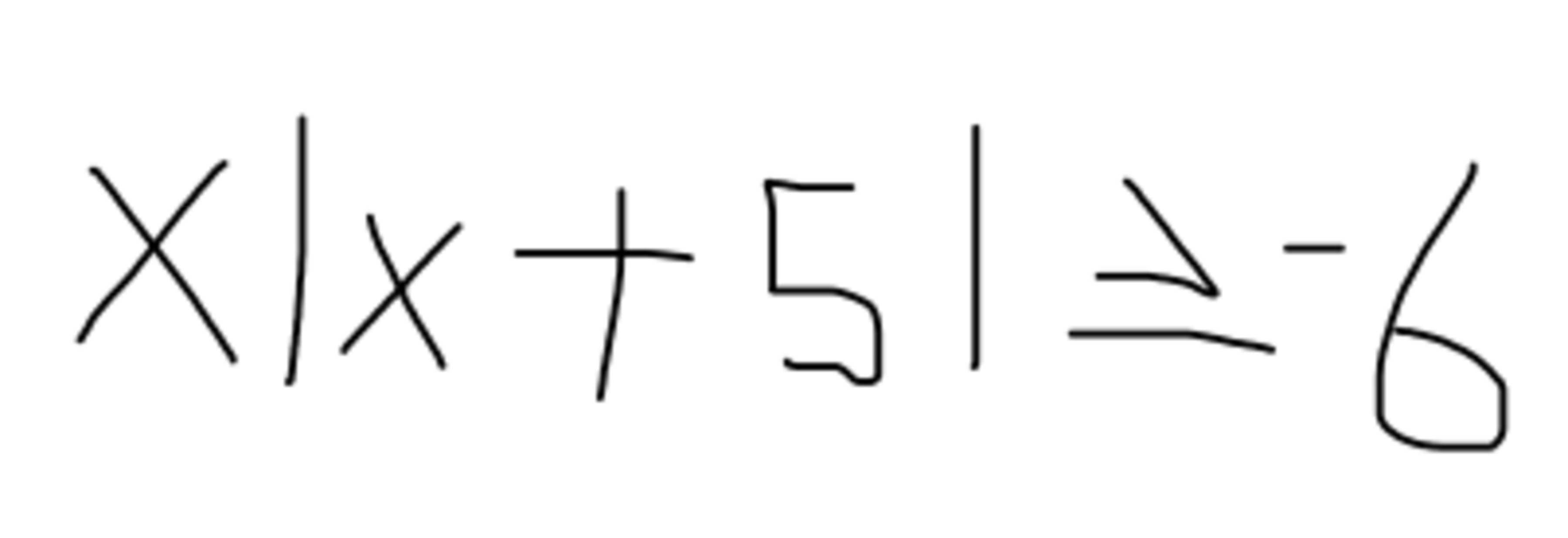Absolute Value Inequalities
Hello there,
I am currently struggling with the solutions of absolute value inequalities that involve quadratics.
This is the example problem:
 I am able to find the solutions, but I struggle in interval notation. I considered graphing the two quadratic functions and find the shaded area as the solutions, but I still don't understand how the solution is [-6,-3] U [-2, ∞]. I understand [-6,-3] but not the ∞ part. Yes, I can do this by plugging in values and checking if the solutions work but that is not efficient.
What am I doing wrong? I appreciate anyone's help.
https://www.desmos.com/calculator/7j8yamvbzv
This is my graph I did to find the solutions.
I am able to find the solutions, but I struggle in interval notation. I considered graphing the two quadratic functions and find the shaded area as the solutions, but I still don't understand how the solution is [-6,-3] U [-2, ∞]. I understand [-6,-3] but not the ∞ part. Yes, I can do this by plugging in values and checking if the solutions work but that is not efficient.
What am I doing wrong? I appreciate anyone's help.
https://www.desmos.com/calculator/7j8yamvbzv
This is my graph I did to find the solutions.
Easy Math Editor
This discussion board is a place to discuss our Daily Challenges and the math and science related to those challenges. Explanations are more than just a solution — they should explain the steps and thinking strategies that you used to obtain the solution. Comments should further the discussion of math and science.
When posting on Brilliant:
*italics*or_italics_**bold**or__bold__paragraph 1
paragraph 2
[example link](https://brilliant.org)> This is a quote# I indented these lines # 4 spaces, and now they show # up as a code block. print "hello world"\(...\)or\[...\]to ensure proper formatting.2 \times 32^{34}a_{i-1}\frac{2}{3}\sqrt{2}\sum_{i=1}^3\sin \theta\boxed{123}Comments
There are no comments in this discussion.